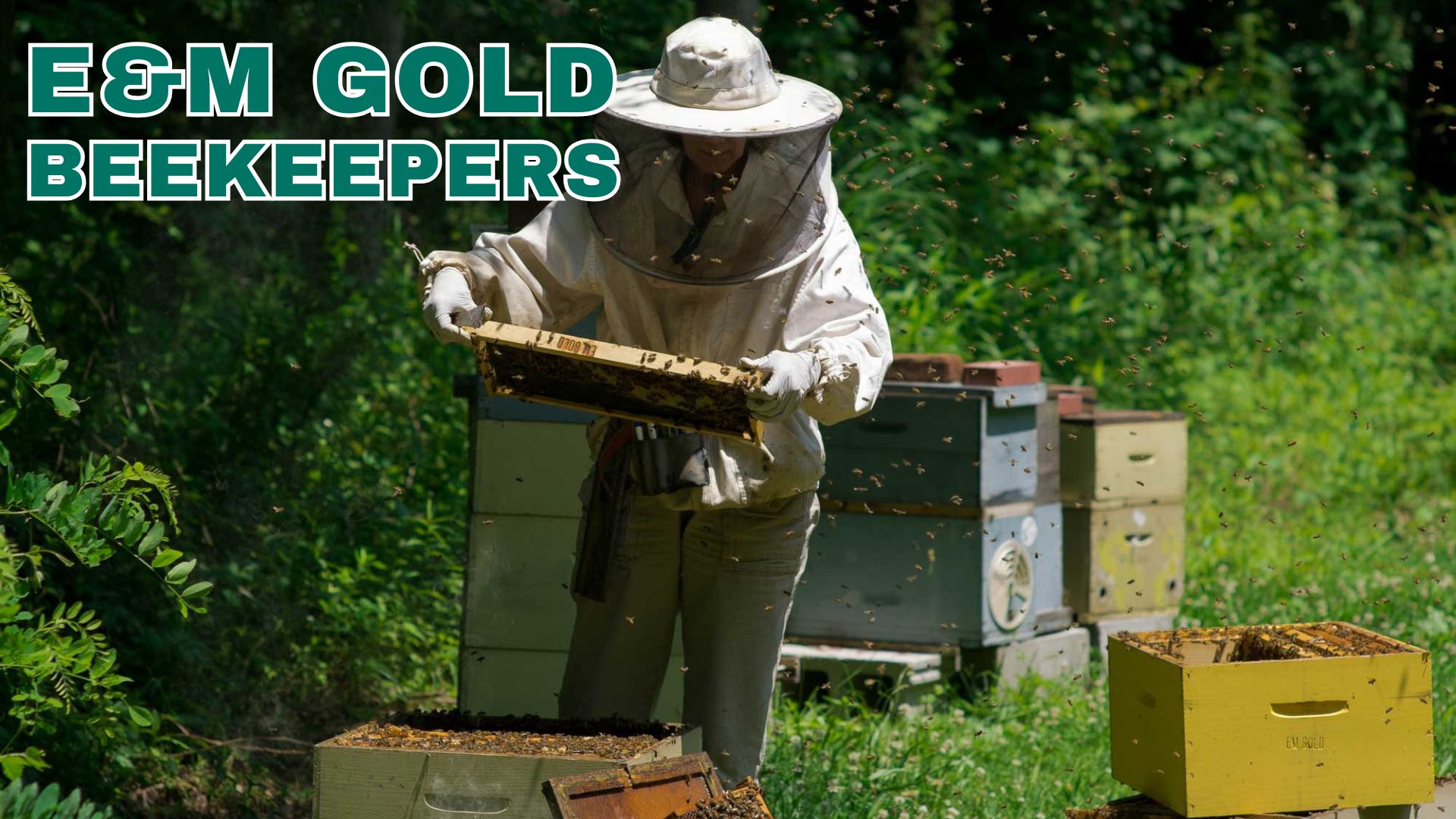Beekeeping is a fascinating and vital practice that contributes to local ecosystems and provides us with delicious, natural honey. In a recent episode of Two River TV, host Jon Peters visited Mary from E&M Gold Beekeepers to explore the world of bees, honey production, and what it takes to be a successful beekeeper.
Understanding the Honey Flow
One key topic in their discussion was the “honey flow.” This term describes when flowers produce the most nectar. It starts early in the spring with blooms like maples and crocuses. However, the main honey flow in their region happens when black locust trees bloom in late May. During this time, Mary harvests the first batch of honey, called spring wildflower honey. It’s lighter in color due to its nectar source. As the season continues, bees collect nectar from different flowers, producing summer wildflower honey, which is darker and richer.
Unveiling the Roles of Female and Male Bees

Beekeepers often call their bees “the girls.” Almost all worker bees that collect nectar and pollen are female. The queen lays both fertilized and unfertilized eggs. Fertilized eggs become female worker bees. Unfertilized eggs become male drones. Drones don’t have stingers and don’t gather nectar. Their primary role is to mate with a new queen, then die.
Drones are easy to recognize. They have larger, rounder bodies and bigger eyes compared to worker bees. They only fly in the afternoon and don’t survive the winter, as colonies eliminate them when resources become scarce.
How to Start Beekeeping
For those interested in beekeeping, Mary explained that keeping bees requires only a small space. Since bees fly miles from their hive in search of nectar, a hive can thrive in a backyard or even on an apartment balcony. However, placement is crucial—a beehive should have a windbreak to the north and face south. Full sun exposure is preferred because shaded hives tend to experience more parasite issues and slower colony growth.

Ensuring Safety and Managing Stings in Beekeeping
Beekeeping involves handling thousands of bees, and while some experienced keepers work without protective gear, Mary prefers to wear a suit for safety. Bee stings cause swelling, and over the years, she has had to remove her wedding ring after getting stung on the finger. On average, she estimates experiencing around 100 stings per year—something seasoned beekeepers barely notice.
The Queen Bee’s Life Cycle and Unique Role
A queen bee can live up to five years, but her fertility declines over time. Queens mate with multiple drones—sometimes up to 20—in mid-air, storing sperm for life. Once she starts laying eggs, she never mates again. If a queen dies unexpectedly, worker bees can raise a new queen by feeding a young larva a special substance called royal jelly, which triggers its development into a queen rather than a worker bee.
Harvesting and Selling Honey
Beekeeping is not just a hobby—it can be a business. E&M Gold Beekeepers harvest around 2,000 pounds of honey annually, significantly less than the 4,000-5,000 pounds they used to produce when they had more hives. Their honey is sold in various ways:
- Online orders via their website
- Local pickup from their farm
- Special event favors such as wedding and baby shower gifts
- Shipping options for customers outside the local area
The Honey Extraction Process
The honey extraction process blends tradition with innovation. Frames of honeycomb go into an uncapping machine that removes the wax layer before being spun in an extractor. The honey collects in stainless steel containers, where it is bottled and stored. Properly stored honey has no expiration date—it lasts indefinitely.
Supporting Local Beekeepers
Purchasing local honey not only supports small businesses but also ensures the honey is raw and unprocessed, retaining its natural enzymes and nutrients. If you’re in the area or looking for high-quality honey, visit E&M Gold Beekeepers’ website to place an order or learn more about beekeeping.
For more insights into beekeeping and small businesses, watch the full Two River TV episode and subscribe to stay updated on fascinating stories about local entrepreneurs.


Leave a Reply